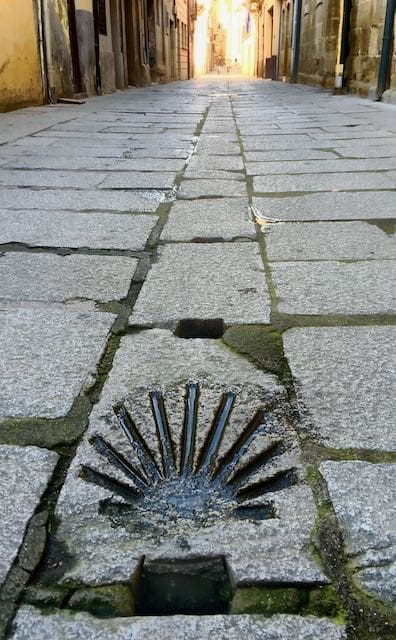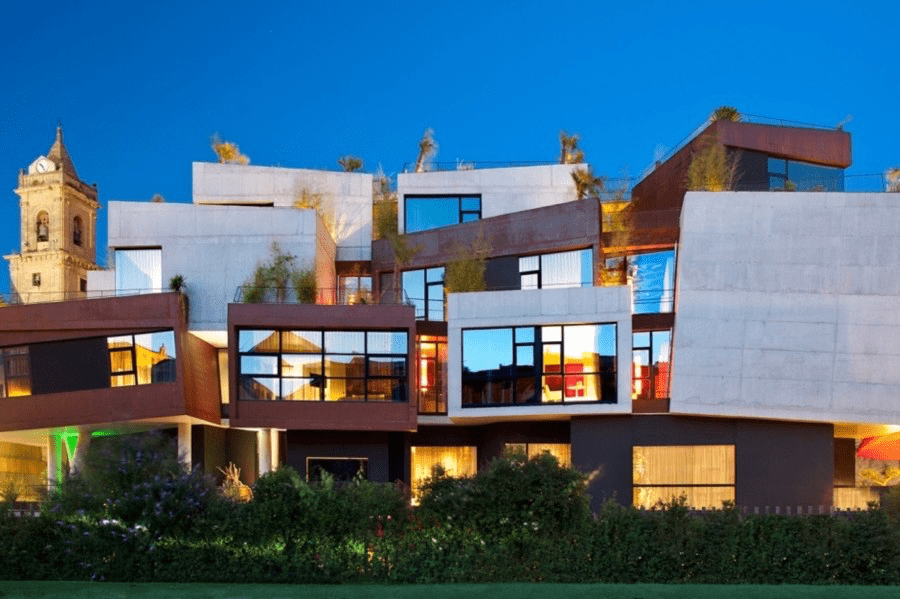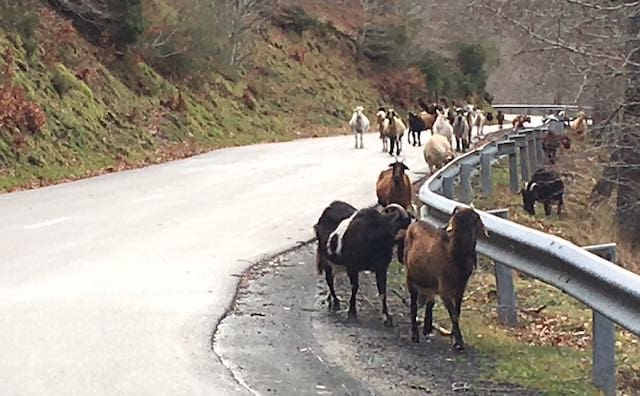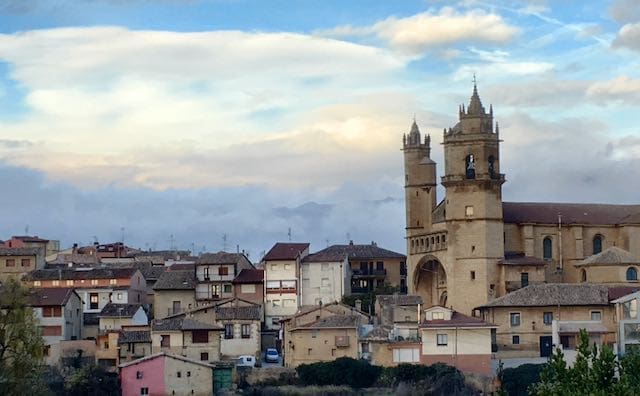Share This Article
Just to the south of glamorous San Sebastián and to the south west of the towering Pyrenees Mountains you find the Ebro River. The valley of the Ebro River and its tributaries create the region of ‘La Rioja’ a part of Spain that is famed for its outstanding wine (predominately Tempranillo), a beautiful region of historic towns, fringed by Basque culture to the west, Navarre to the South and Castile to the North, and running along the Ebro River 100 kilometres to the town of Alfaro. We will show you why La Rioja is such a special part of Spain to visit.

Some of the towns and valleys of La Rioja also make up part of the Camino de Santiago trail (also known as the Way of St James or the Pilgrims Walk) a route that has been heavily travelled by Pilgrims since the ninth century when the relics of Saint James the Great were discovered and celebrated in the cathedral of Santiago de Compostela in Galicia, north western Spain. You will know you are in one of the towns on the pilgrimage if you see the scallop shell symbol which is there to represent that you are on the right path.
La Rioja’s history reflects its central location, tucked in between Cantabria, Euskadi (the Basque Country), Navarre, and Castile. The region has belonged at different times to each, not gaining autonomy until 1980. Its rich and fertile valleys were farmed for grapes and olives back to Roman times when the oil and wine was taken by barge back to Rome.
The Wines of Rioja
In Spain as in Italy and France there is a strict classification scheme and the D.O.Ca for Rioja has three grades for quality. In accordance with the rules of the D.O.Ca Rioja there are specific grapes and proportions that must be used:
- Red Wines: Tempranillo, Garnacha tinta, Graciano, Mazuelo and Maturana tinta varieties must be used. In red wines made from whole grapes, this percentage will be at least 85%.
- White Wines: Viura, Garnacha blanca, Malvasía, Maturana blanca, Tempranillo blanco and Turruntés will be used. Chardonnay, Sauvignon blanc and Verdejo varieties can be used as long as they are not the dominant variety in the final product.
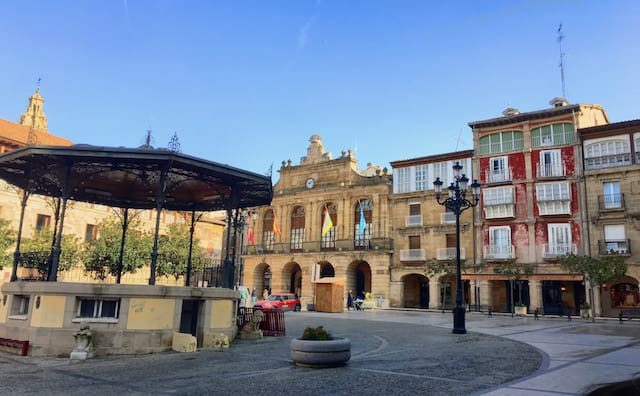
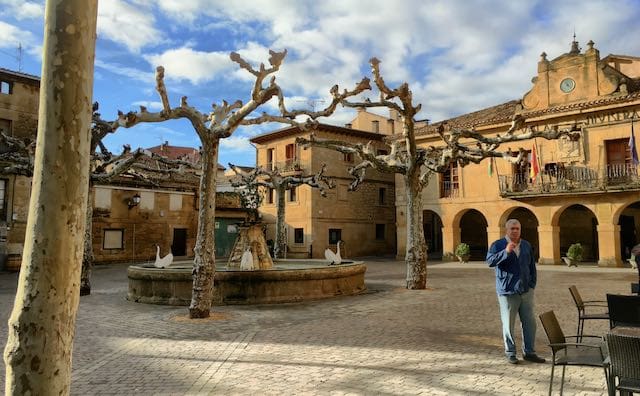
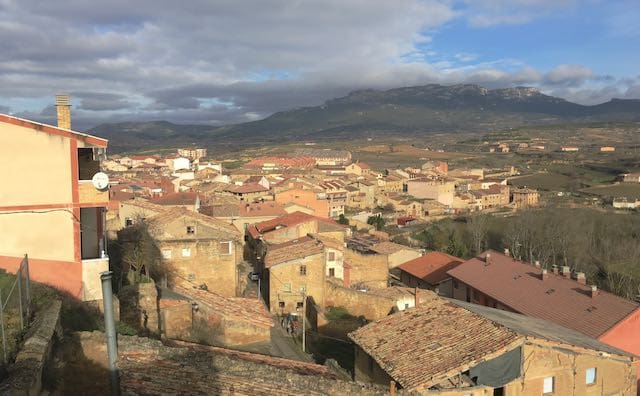
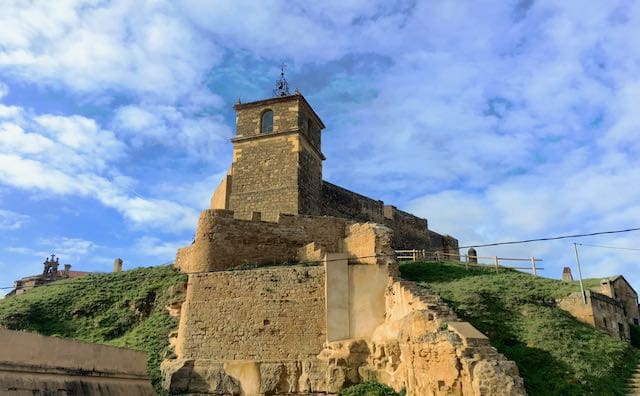

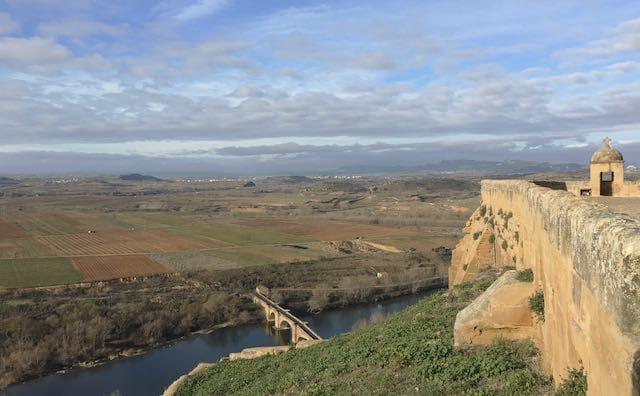
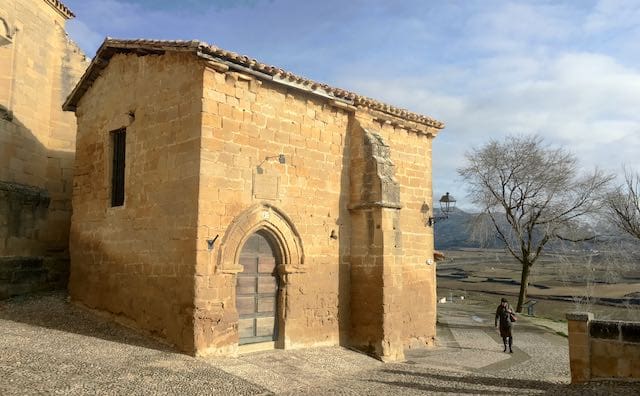
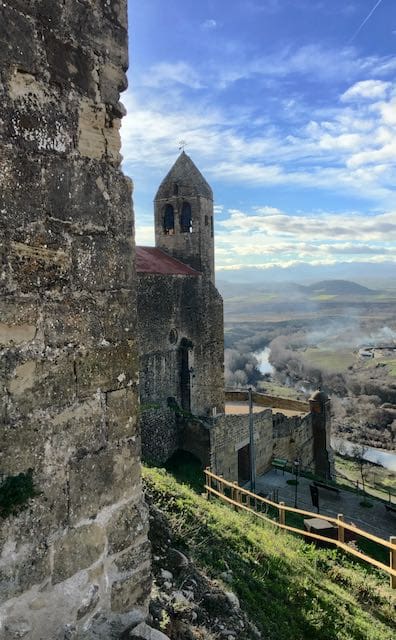


Rioja wines are 90% Red, predominately Tempranillo (80% of grapes grown and 88% of red grapes) with Granache making up close to 8% of the red wine grapes grown. The main white grape grown in Viura (69% of the white grapes grown) with a little Verdejo, Chardonnay, Sauvignon Blanc and others. Crianza is the first level where the wines (red) must spend at least 2 years in barrel and then further aging in the bottle (at least 2 years). Reserva bottles must spend at least 1 year in oak and at least another 2 years in bottle (at least 3 years) before release and Gran Reserva must spend at least 2 years in oak and then another 3 years aging in bottle (at least 5 years).
There are three sub regions: Rioja Alta – largely considered to be more traditional ‘old world’ style of wine making, Rioja Alavesa in the Basque Country often producing bigger wines with fuller body and higher acidity and Rioja Oriental (formerly known as Rioja Baja) where due to the warmer climate and a fair amount of irrigation grape quality can be variable, there is a lot of Grenache (Garnacha) here and this region is better known for producing table wines or grapes for blending.
Haro
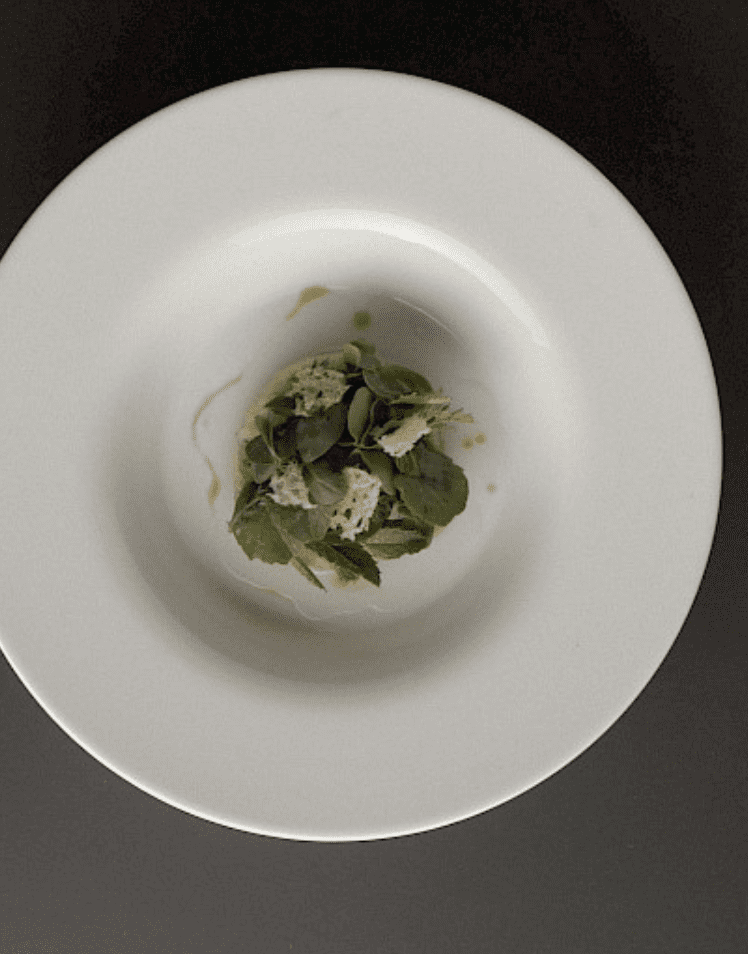
Haro considered the western most town of La Rioja, sits up on a hill above the Ebro River, legend has it that the town of Haro was actually was originally named Faro (which means lighthouse) as there was a lighthouse on the hill for navigating the mouth of the river and that over time the name Faro changed to Haro.
Haro is best known for wine and there are a number of famous bodegas (wineries) making premium and super premium wines in the town and immediate surroundings including Muga, CVNE, R.Lopes de Heredia Vina Tondonia, La Rioja Alta and Bodegas Roda.
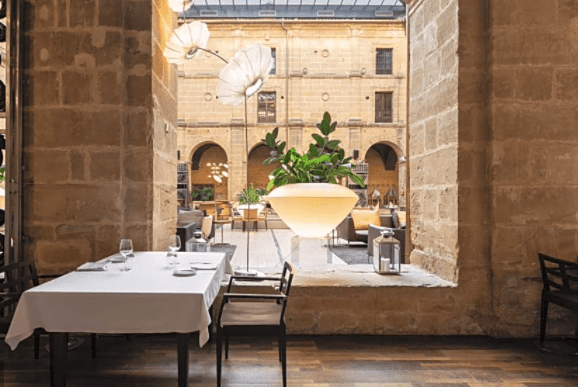
While Haro is not a big town (there are approximately 12,000 residents) there are a number of fine restaurants in the town including Nublo a Michelin Star restaurant in a sixteenth century palatial building that blends traditional flavours and local ingredients with wood fired cooking and modern style.
The hotel Los Agustinos sits in a former convent that dates back to the 14th century, the central cloister enclosed with a glass roof has a great lounge area and there is quite a good restaurant ‘El Claustro’ in the hotel.
Classic Food of The Region

The traditional dishes of the region include white asparagus, Rioja style cod slow cooked with tomatoes, onions and peppers. A rich white bean stew with spicy chorizo, vegetables and pork. Roast cochinillo (suckling pig) with stuffed peppers, cod omelettes, lamb grilled over vine shoots, rich pork cheek stew in red wine sauce and a desert torrijas ala Rioja which is similar to French Toast.
Many towns have an excellent selection of pintxos or tapas style bar food which can be found in the bars and cider houses. “Txikitear” in Basque means going from bar to bar having small glasses of wine, “txikitos”, in each, naturally accompanied by delicious pintxos.
Villabuena de Álava or Eskuernaga
The township of Villabuena de Álava/Eskuernaga is a tiny village (316 permanent residents) that is home to 48 premium bodegas (wineries) ranging from the small family owned to large bulk production, making it the town with the highest ratio of wineries to inhabitant in the world. And perhaps as the title above alludes to the town is in Basque country and so has both a Basque and Spanish name, sitting on the banks of the River Herrera (a tributary of the Ebro River) this is an important stop on your Rioja wine journey but also a great opportunity to visit some of the historic sites with the beautiful 15th and 16th century architecture including the pretty church of San Andres in the middle of the village.
A great spot to stop in Eskuernaga is the Hotel Viura an architectural spectacular of its own looking like a pile of casually stacked cubes that jut out from the side of the hill. The location of the hotel sits on a set of ancient tunnels (said to have been used for escaping potential attackers) that today are used for cellars of the El Viura winery (on site with the hotel). The hotel features smart somewhat whimsical modern architecture with slightly dark corridors, brutalist concrete, raw and polished wood surfaces and brash cartoon art, it feels more at home in New York City than you would expect in a sleepy village in Spain.
Wineries worth visiting in Eskuernaga include: Bodegas Luis Canas, Bodega Hermanos Frias del Val, Bodegas El Viura.
Eltziego
The town of Eltciego (Eltziego in Basque) is best known for the incredible architecture of the Hotel Marques de Riscal (designed by architect Frank Gehry) but there are a number wineries in the town worth visiting as well as the town’s rich architecture and history. Consider visiting Bodega Murua, Bodegas Fos, Bodegas Valdelana and of course Bodegas Marques de Riscal which was voted the second best winery in the world in 2022 (they make a wonderful Reserva and Gran Reserva the 2016 release was rated 96/100 points by renowned wine writer James Suckling).

Valdezcaray Ski Resort
The Valdezcaray ski resort is not actually in La Rioja but it is so close it is worth a side trip if you are in the region (especially in winter), the peak elevation is 2,125 meters and the resort has 600 meters of vertical descent, you can ski 22 kilometres of trails that are mostly intermediate. There are six quad chairs and one six person chairlift, with 112 snow making guns across 13 of the trails to ensure that there is plenty of cover when less snow has fallen. If you are lucky you might even run into a flock of goats wandering the road with their bells jangling, they graze on the upper slopes in summer and the lower slopes and village in the winter months.
Logrono
Logroño is the largest city in La Rioja situated on the traditional route of the Camino de Santiago it has a population close to 200,000 people. Logroño has a rich history that dates back to the Middle Ages, it was an important Roman settlement but it really gained in prominence The Cathedral of Santa María de la Redonda has twin baroque towers, an elaborate facade and an image attributed to Michelangelo. The Cubo del Revellín fort connects to remnants of the old city wall. The Mudejar tower of the church of San Bartolomé, is devoted to the patron saint of the city. Built in the 12thcentury, it preserves an exquisite sculptured main front and is the only example of Romanesque art in Logroño. The leafy Ebro Park has lovely views of the River Ebro, its arched Stone Bridge and its 19th-century Iron Bridge.
Logrono has 3 Michelin Star restaurants (consider Ajonegro) with another 8 restaurants getting a mention in the guide. But also consider visiting Calle de Laurel a street with numerous delicious tapas bars where you can stand and snack on pintxos with a wonderful glass of Rioja (or beer, or cider).
Alfaro
At the other end of La Rioja is the town of Alfaro with a population of nearly 10,000 it is perhaps best known as the annual nesting place of storks who travel back each year. As mentioned earlier this region is better known for workhorse grapes and predominantly Grenache.
Wineries to visit

- Viña Real – a very modern winery completed in 2004 and something of an architectural marvel cut into the side of a mountain. www.cvne.com; tel +34 941 304 809, Carretera Logroño-Laguardia
- Contino – a chateau-style, single-estate vineyard, part of the CVNE (Compania Vinicola Norte Espana) empire. The vineyards reach all the way down to the river Ebro, past ancient olive trees including one is over 800 years old. www.visitascvne.com; San Rafael Bidea, Laserna
- López-Heredia Villa Tondonia – Started in 1877 by founder Rafael Lopez-Heredia was a Basque with experience in wine in Chile and France. www.lopezdeheredia.com; tel +34 941 310 244; Avenida de Vizcaya, 3, Haro;
- Bodegas Ysios – famed for the incredible wavy roof Bodega Ysios sits on the edge of the Sierra de Cantabria mountains https://www.bodegasysios.com/en Camino de La Hoya s/n 01300 Laguardia, Álava
- Marques de Riscal – with its incredible Frank Gehry designed architecture and recognised as one of the worlds best vineyards, Riscal has to be on your list to visit (you can also stay here) The Gran Reserva 2016 release recognised with 96/100 points by James Suckling . https://www.marquesderiscal.com/en C/Torrea 1, 01340 Elciego, Álava
+34 945 60 60 00 - Bodegas Roda – With Roda you have the choice of visiting the Bodega cellars in Haro or to visit the vineyards between Haro and Brinas. https://roda.es/en/
- La Rioja Alta – we have written before about La Rioja Alto making some of the best Tempranillo we have ever tasted, you can visit the winery in Haro and taste for yourself. https://www.riojalta.com/en/ Avda. de Vizcaya, 8, 26200, Haro
- Casa Primicia – (First House) is the oldest property in the area, dating from the 15th century with wine being made here from the 16th century, tunnels below form a sort of subterranean cellars.
www.casaprimicia.com; tel +34 945 600 256; C/Páganos 78, Laguardia;






